CRF Comment Filings: Regulatory Course Corrections Continue
- Andrew Langer
- 5 hours ago
- 5 min read

Last week was another busy week for the Center for Regulatory Freedom — both in terms of volume and in terms of the breadth of subject areas where we filed. It also stands as a useful snapshot of what this Center exists to do. We are not merely reacting to individual rulemakings — we are actively shaping the regulatory state in the direction of constitutional limits, scientific integrity, and economic rationality.
These five dockets — on species classification, on pandemic-era COVID paperwork, on asbestos respirators, on the scope of the General Duty Clause, and on AI regulatory reform — cut across different agencies, different sectors, and radically different problem-domains. But they all share a single central theme: Washington has spent decades building regulatory tools that are used not to solve problems — but to create leverage, to expand power, and to build a world in which small enterprises cannot realistically participate.
We exist to push back against that.
“Similarity of Appearance” — Reforming ESA Compliance Logic
We filed comments supporting the Fish and Wildlife Service’s proposal to eliminate the practice of treating a non-listed species as if it were listed under the Endangered Species Act simply because it “looks similar.”
That practice had become a convenient way to expand ESA constraints far beyond the scope of the law Congress actually passed. It was — bluntly — regulatory fiction. As we noted, there is only one standard Congress authorized: the actual listing standard. Agencies do not get to substitute it with their own administrative preference.
We also encouraged better alignment with the Commerce Department, where commercial impacts are implicated. Congress required economic impacts to be weighed — not dismissed. Washington cannot continue treating economic effects as an afterthought in statutory implementation, especially in resource-dependent communities.
This docket matters because it begins to restore the principle that environmental statutes are not blank permission slips.
COVID Reporting in Healthcare Settings — The Pandemic Ended, But the Paperwork Didn’t
At OSHA, we supported the removal of the COVID-era reporting and log-keeping mandates in the healthcare rule. These requirements were born in crisis — but after the public-health emergency ended, the mandates stayed in the Code of Federal Regulations like an abandoned scaffolding no one remembered to take down.
In our filing, we made the point as plainly as possible: the mandates no longer served any public-health purpose. They no longer generated a useful signal. They simply generated cost. In the end, they became a process for the sake of process.
Ending this paperwork is not deregulatory for its own sake. It is recognition that rulemaking needs to be dynamic — it must retire emergency tools when the emergency is over.
Asbestos Respirators — Modernizing Protection and Retiring Panic
We also filed on OSHA’s modernization of asbestos respirator rules — which is one of the most consequential “small” dockets in OSHA’s whole regulatory universe.
Asbestos regulation has long been clouded by panic and emotional legacy rather than exposure science. OSHA’s existing respirator tables were written in a different technological age — when respirators were crude, when analytical measurement was less precise, and when regulators believed that the only safe course was to specify model-by-model solutions.
We supported modernizing and aligning the asbestos respirator requirements with the general respiratory protection standard, because that allows Assigned Protection Factors to drive selection, instead of rigid tables frozen in the 1980s.
Better science, less fear, and lower burden is not a compromise — it is the very purpose of the OSH Act in the first place.
The point we drove home is simple: the way to protect workers is to use better data, not more fear.
The General Duty Clause — And the End of “Backdoor Rulemaking” by Enforcement
The fourth docket was a major step toward restoring constitutional boundaries inside OSHA.
For decades — this is not an exaggeration — OSHA has used the General Duty Clause as a quiet workaround for rulemaking. Whenever the agency wanted to control an area without going through the burden of actual notice-and-comment, it would simply cite employers under the Clause. It became the back-door rulebook.
No more.
OSHA proposed — and we strongly supported — limiting the General Duty Clause to hazards that are not integral, inherent characteristics of a profession. If the hazard is part of the core nature of the job — live performance, motor sports, animal handling, tactical training — then OSHA cannot pretend it can regulate the hazard out of existence.
This is a critical moment. We are now in a post-Chevron world, post-Loper Bright. Agencies do not have open-ended interpretive license anymore. They must follow the statutory text. That means they must return to rulemaking, not substitution by citation.
OSHA’s proposed limitation protects the agency itself — from invalidation — by grounding enforcement authority where Congress actually placed it.
Artificial Intelligence — America Cannot Afford a “Permission Slip Culture”
Finally — at the White House Office of Science and Technology Policy — we submitted comments on the regulatory reform RFI for artificial intelligence.
The United States became the global engine of innovation because this country has historically embraced a foundational presumption: if you are not hurting people, you are free to try new things.
Europe has taken the opposite model — pre-clearance, precaution, suspicion first — and that model is now being laundered into U.S. policymaking discourse as if regulatory fear is the safe choice.
It is not.
The safe choice — the choice that keeps small firms in the game — is permissionless innovation paired with accountability for actual harms. We made clear in our filing that the most important thing Washington can do is to stop turning process burden into a moat that only incumbents can cross.
We urged OSTP to use this moment to:
harmonize definitions across agencies
attack “regulatory dark matter” — guidance masquerading as binding obligation
expand use of sandboxes, safe harbors, and outcome-based standards
Use AI itself to simplify compliance and reduce paperwork.
AI policy is now a test of whether the United States still trusts its own model — or whether we are going to import a European-style fear-first regulatory posture that will freeze out exactly the kind of small innovators the U.S. economy depends on.
The Thread That Runs Through All Five Filings
The through-line last week was not about the subject matter — wildlife, pandemic response, respirators, statutory interpretation, or AI policy.
The through-line was this: Washington has become accustomed to building policy sideways — through convenience, through shortcuts, through back-door tools, and through frameworks that ignore cost-benefit discipline.
Every time that happens, a small enterprise becomes collateral damage.
Each of the filings last week was a push toward re-anchoring regulation in law, in proportion, in science, and in economic reality.





.png)




_gif.gif)